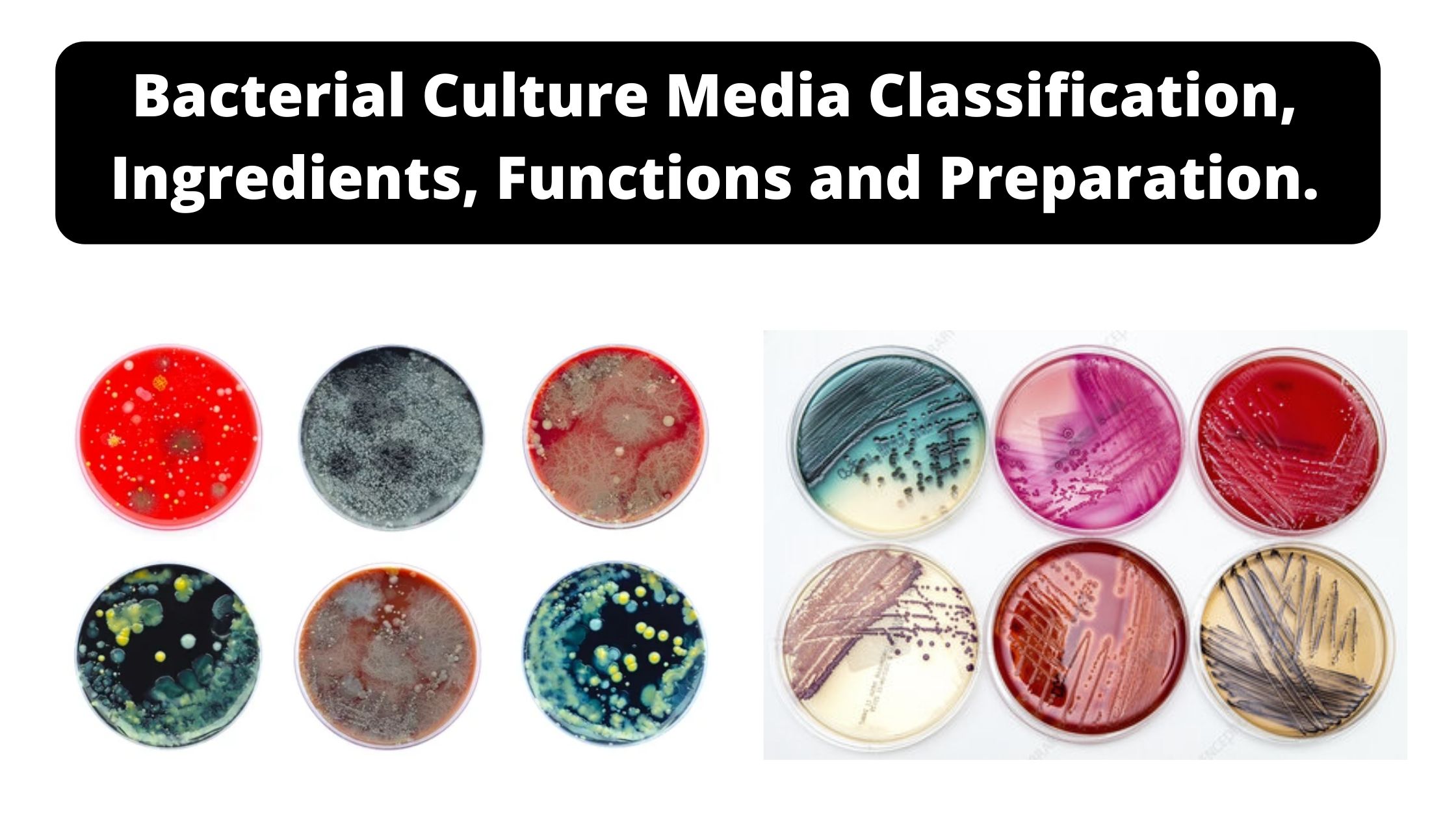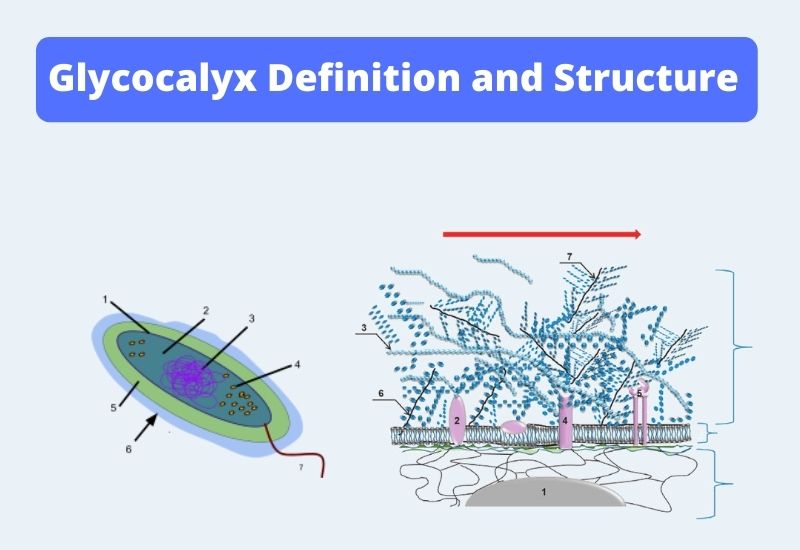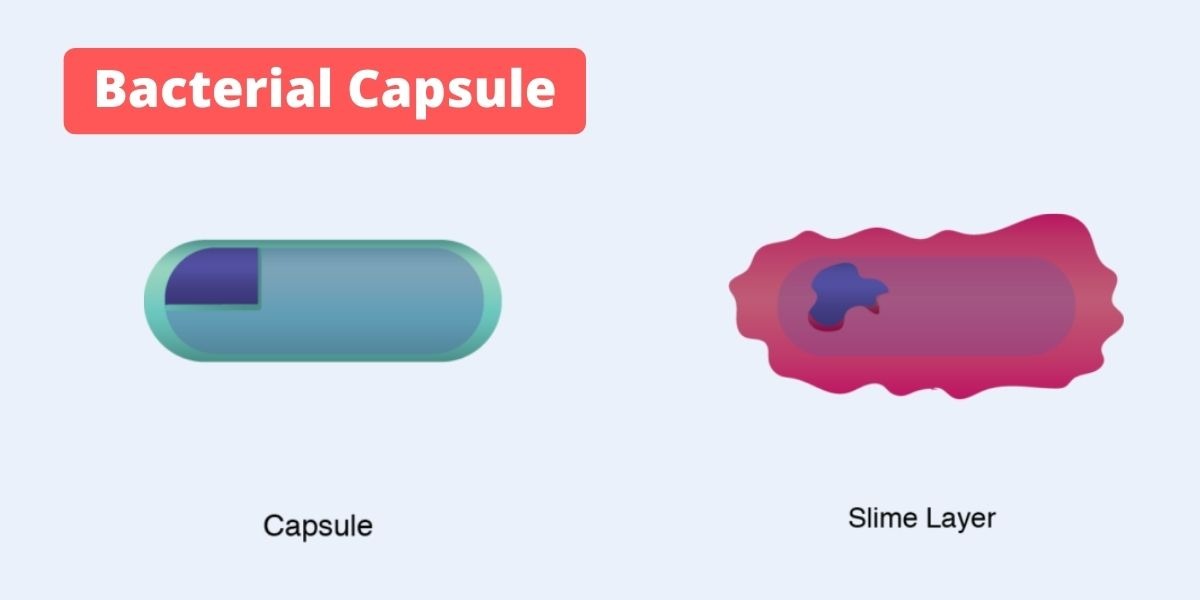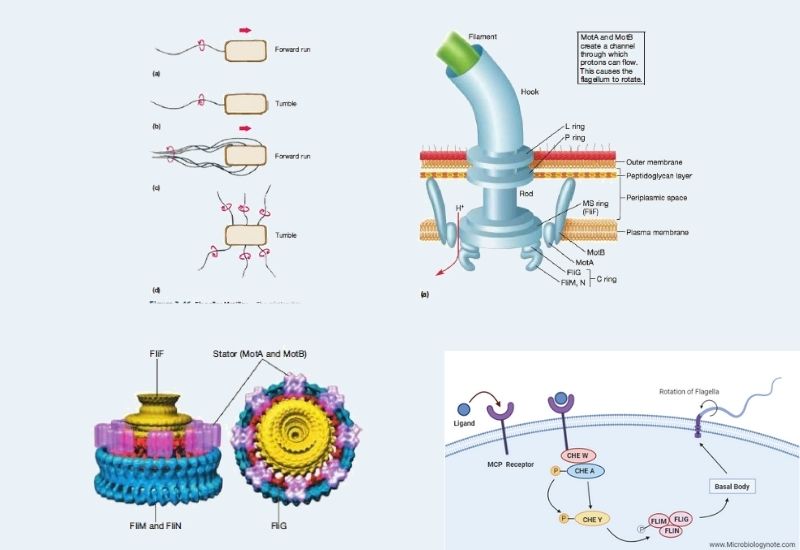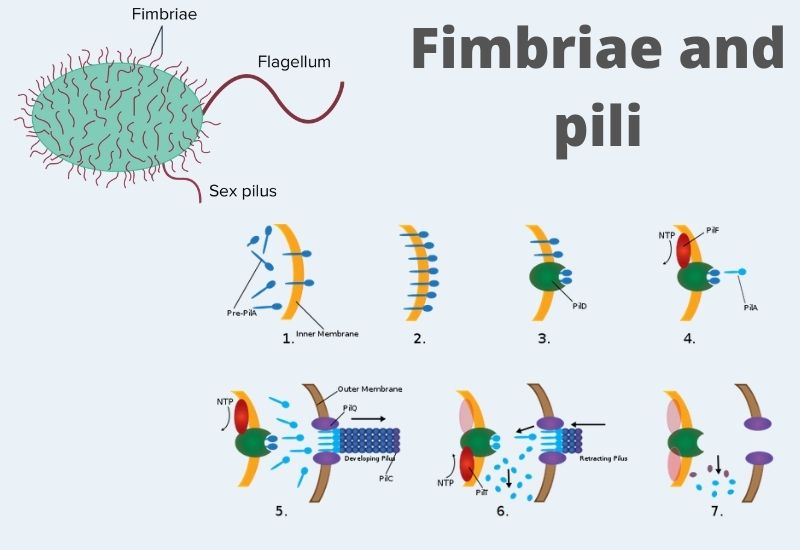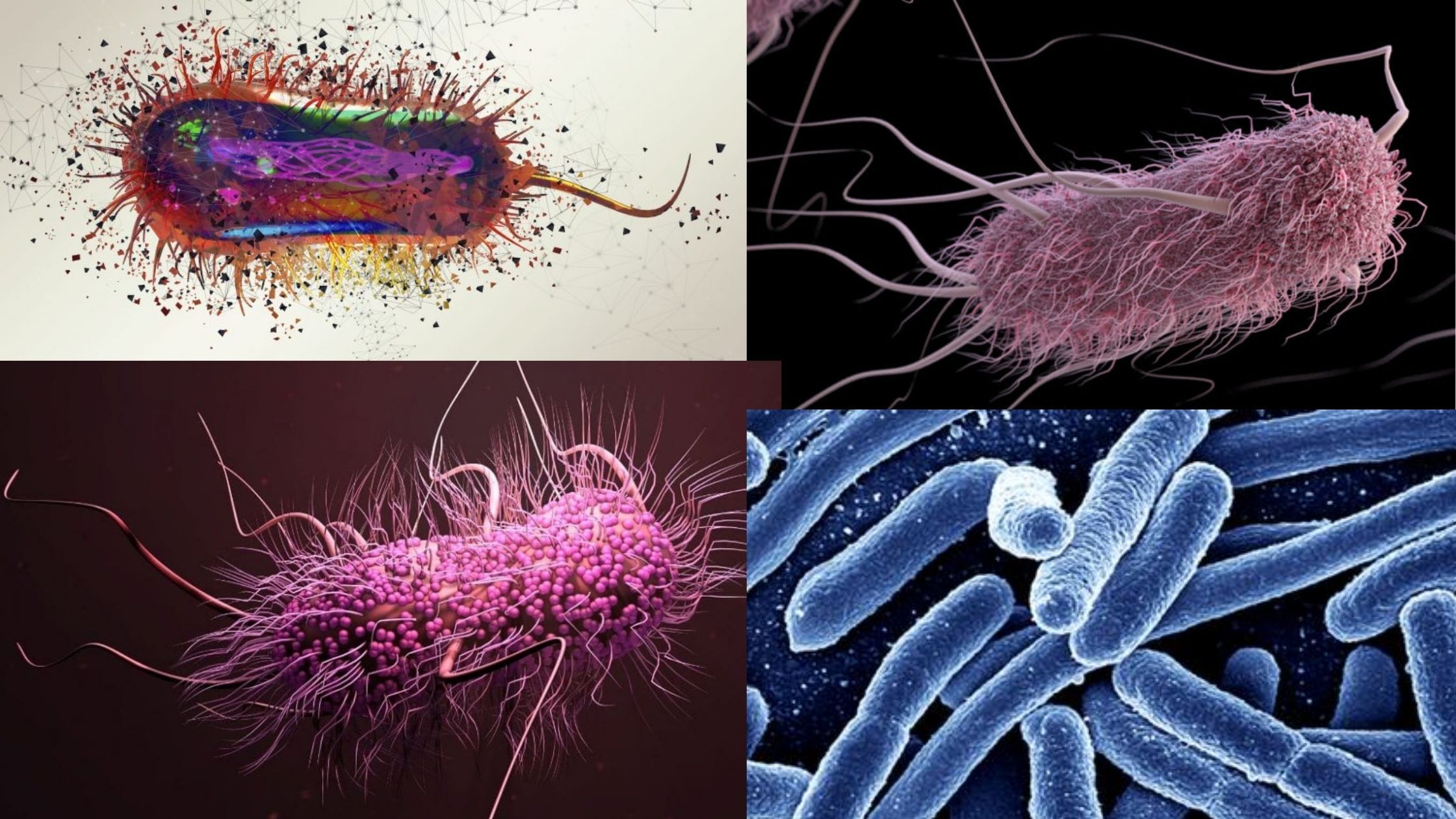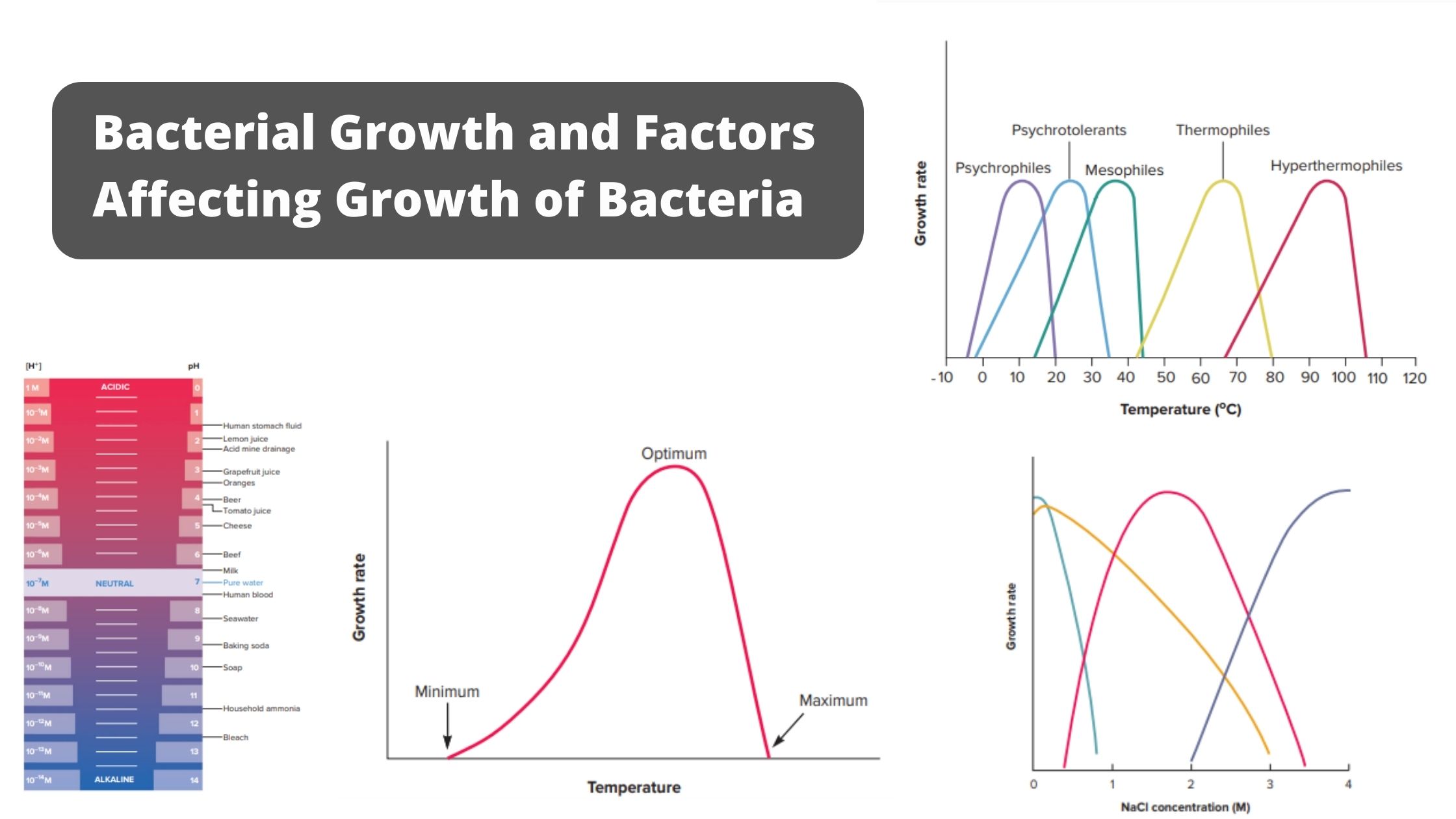Bacterial Culture Media Classification, Ingredients, Functions and Preparation.
What is Bacterial Culture Media? Ingredients of Bacterial Culture Media The formulation of bacterial culture media is a precise science that involves combining various ingredients to create an environment conducive for the growth and study of bacteria. These ingredients serve specific purposes, from providing essential nutrients to enabling the differentiation of bacterial species. Understanding these … Read more
